Are you a nature lover looking to expand your knowledge about trees? Look no further! In this article, we will dive deep into the fascinating American Sycamore Tree (Platanus Occidentalis) world.
Get ready to discover 5 mind-blowing facts that will leave you in awe of this majestic tree species. From its unique appearance to its ecological importance, there’s so much to learn about the American Sycamore Tree. So sit back, relax, and let’s explore together!
5 Facts About platanus occidentalis
Guess what? This tree has a fascinating secret!
This tree is monoecious, meaning it grows both male and female flowers on the same tree! Isn’t nature just amazing? 🌳💐
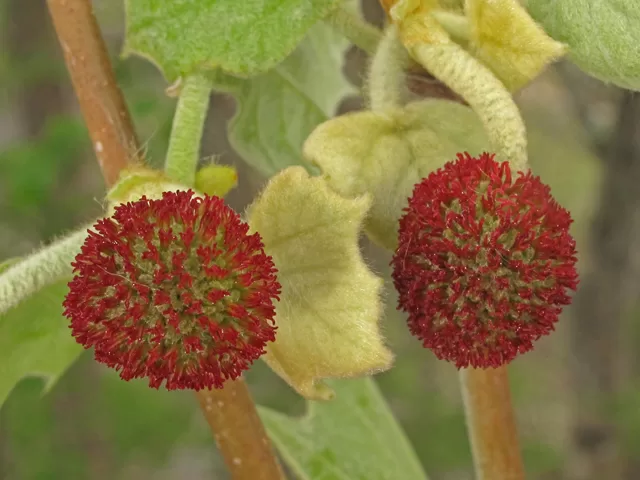
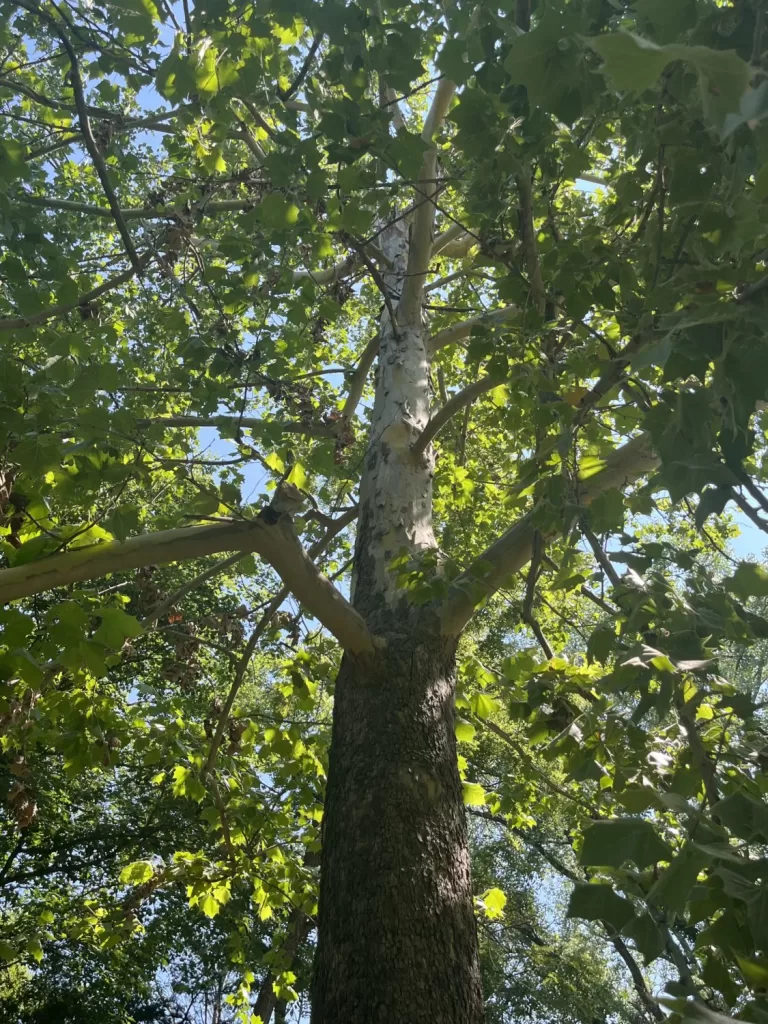
This incredible tree is renowned for its resilience and adaptability.
Whether you’re dealing with urban pollution or challenging soil conditions, the Platanus Occidentalis thrives where many others might falter.
It grows tall !
Typically, it grows as a single-trunk tree that can reach heights of 75 to 100 feet, though some extraordinary specimens stretch up to a whopping 150 feet!
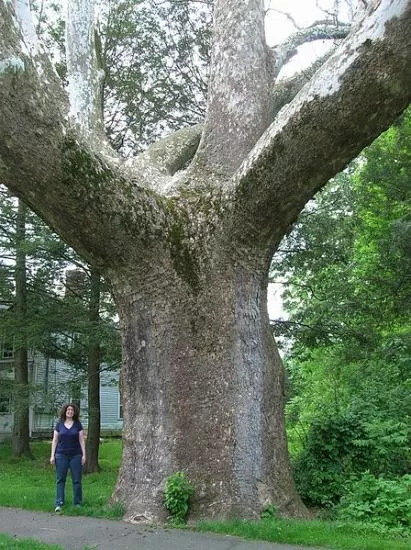
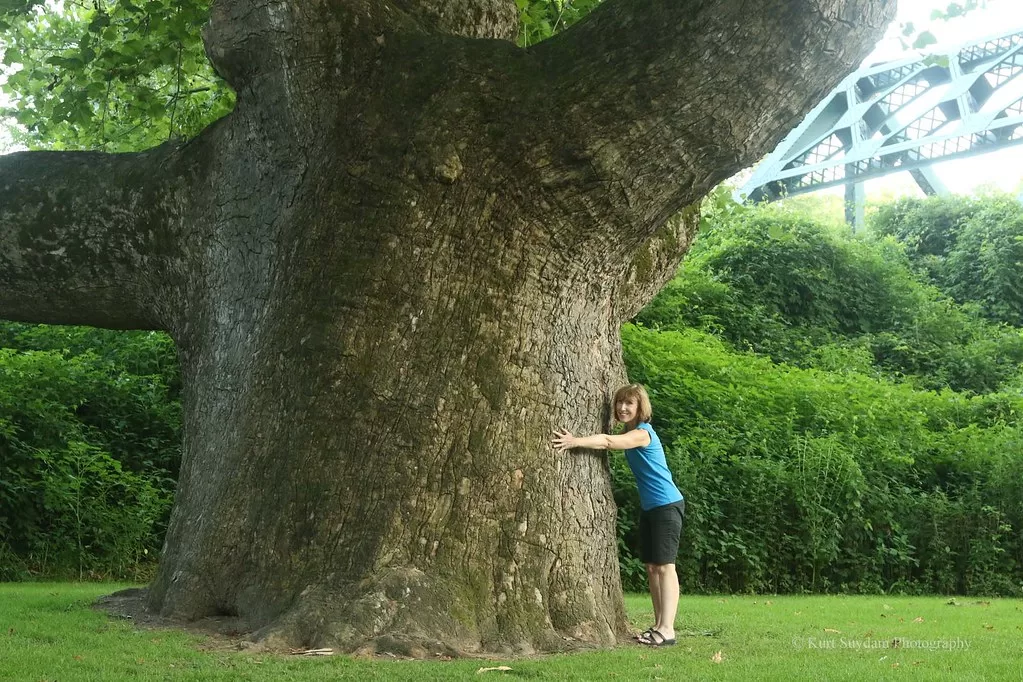
It lives a long time.
These majestic trees are not just survivors; they are ancient giants that often live for at least 200 years. But that’s not all! With the right conditions, these towering beauties can grace the Earth for an astounding 500 to 600 years!
Its BIG !
It’s renowned for its impressive trunk diameter, making it the largest of its kind on the continent. Imagine a tree so massive that its trunk could span nearly 15 feet across.
That’s right—the largest sycamore ever recorded reached this astonishing size!
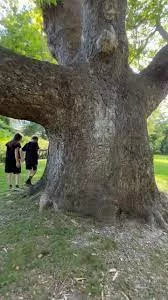
The Mighty Appearance of the American Sycamore Tree
Standing tall with its massive trunk and distinctive mottled bark, the American Sycamore Tree is a sight to behold in any landscape. Its broad canopy of leaves provides ample shade on hot summer days.
- The sheer size of the sycamore tree can be awe-inspiring, reaching heights of up to 100 feet or more.
- Its trunk can grow to impressive diameters, making it one of the largest deciduous trees in North America.
In addition to its grand stature, the American Sycamore Tree has a unique appearance that sets it apart from other trees in the forest.
The Ecological Importance of American Sycamore Trees
- Water Purification: American sycamore trees play a crucial role in purifying water in wetland areas. Their roots help filter out pollutants and excess nutrients, improving the overall water quality.
- Habitat for Wildlife: These trees provide shelter and food for a variety of wildlife species, including birds, insects, and mammals. The hollow trunks of older sycamores can even serve as homes for nesting animals.
- Soil Erosion Prevention: With their extensive root systems, American sycamore trees help hold soil in place, reducing erosion along riverbanks and streambeds. This is essential for maintaining the health of ecosystems and preserving natural habitats.
Common Diseases Affecting American Sycamore Trees
- Sooty Bark Disease: This fungal disease causes dark lesions on the trunk and branches of American sycamore trees, leading to a decline in health and vitality. It can eventually result in tree death if left untreated.
- Anthracnose: Another common disease affecting American sycamores is anthracnose, which manifests as brown spots on leaves and can cause defoliation. This fungal infection thrives in wet conditions, spreading during spring through rain or overhead irrigation.
- Powdery Mildew: Powdery mildew is a fungal disease that appears as white powdery patches on the leaves of American sycamore trees. While it doesn’t typically kill the tree, severe cases can weaken its overall health and vigor. Proper management practices like pruning infected branches can help control powdery mildew outbreaks.
Choosing the Best Soil for Growing American Sycamore Trees
- Loamy soil: American sycamore trees thrive in loamy soil, which is a mixture of sand, silt, and clay. This type of soil provides the right balance of drainage and moisture retention for optimal growth.
- Well-draining soil: It is essential to choose well-draining soil for planting American sycamore trees. Avoid soils that become waterlogged as it can lead to root rot and other issues.
- pH level: Test the pH level of the soil before planting. American sycamores prefer slightly acidic to neutral pH levels (6. 0-7. 5). Amend the soil if necessary to ensure it falls within this range for healthy tree growth.
Essential Care Tips for American Sycamore Trees
- Watering: American Sycamore trees benefit from deep watering once a week, especially during dry periods. Ensure the soil around the tree remains consistently moist but not waterlogged
- Fertilizing: Consider adding a balanced fertilizer in early spring to support healthy growth. Be cautious not to over-fertilize, as this can harm the tree rather than help it thrive.
The Art of Pruning American Sycamore Trees
- Prune for Health: When pruning American Sycamore trees, focus on removing dead or diseased branches to promote overall tree health. Trimming back these branches can also prevent potential hazards such as falling limbs during storms.
- Consider Aesthetic Appeal: Pruning can enhance the visual appearance of American Sycamores by shaping their canopy and encouraging balanced growth. Carefully select which branches to trim to maintain the tree’s natural beauty.
- Timing is Key: It’s best to prune American Sycamore trees during late winter or early spring while they are still dormant. Avoid pruning in the fall when diseases are more likely to spread through fresh cuts.
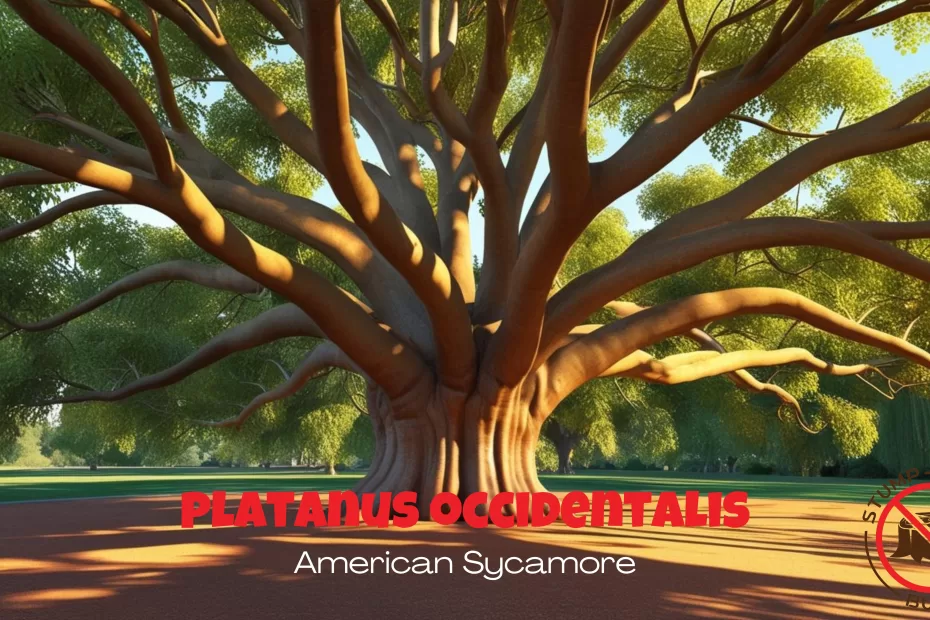

Great article. Had one in my parents front yard.